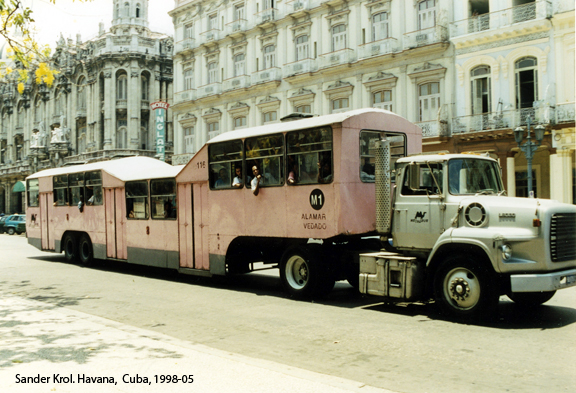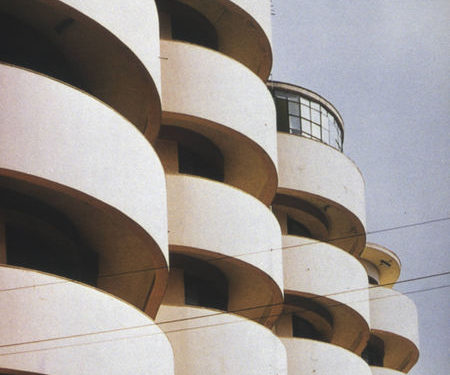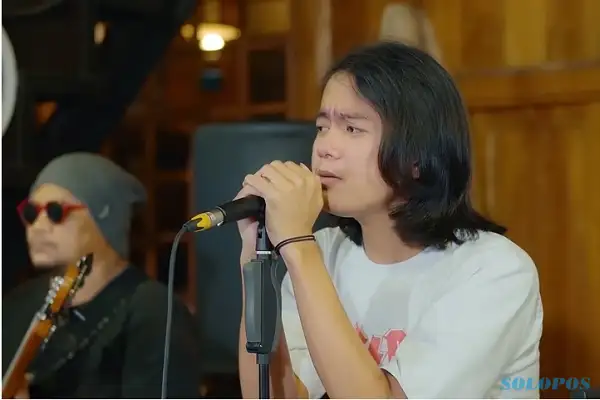At the end of June, I visited an exhibition entitled “Cuban Architectures: The Third House”, at Galeria Centralis, Blinken OSA Archivum, Budapest. A big Cuban flag greeted us on the entrance.

This exhibition celebrates the third chance between the numerous binary oppositions that develop in Cuba. The Cuban revolution spawned sympathizers and detractors, which converse totally different ‘languages’: “institutionalized however stagnant”, and “all the time in turmoil however marginalized.” (The curatorial of the exhibition).
In consequence, the dichotomy produces a number of binary oppositions, akin to wealth and poverty, blockade and sovereignty, actuality and fiction, current and future, in addition to left and right. This opposition enriches Cuban historical past but in addition creates a actuality of shortages, censorship, and energy.
The exhibition explores the three main teams in Cuba and their advanced contexts that influence cultural manufacturing within the nation. The venue was divided into three large teams of themes: Before yesterday, Yesterday, and Today. Earlier than yesterday refers to interval between the “Burning of Vignola” and the triumph of the Revolution, Yesterday is a interval between 1959 and 1995, and Immediately is the brand new millennium.
The three paradigms create a deconstruction of binary logic and a hybrid identification, which search for different prospects escaping from the structural manifestation of energy.
On this exhibition, guests are allowed to be energetic individuals in exploring the third area in Cuban tradition. For instance, the guests can hint the hybrid cultural merchandise from images, movies, and movies depicting the event of city tradition in Cuba.

One in every of my favourite works is Havana’s bus referred to as “the camel”. The bus is exclusive; it seems prefer it has a truck head and camel humps in its physique. The “camel” reveals Nineties public transport in Havana. The tractor unit was once a Russian ZIL truck or a Cuban Taino (a Roman license). Extra lately, secondhand US vans have been used. The bus is an outline of the acculturation of among the predominant cultural streams in Cuba.

One other fascinating factor is the Havana venture, which goals to develop a free and unbiased structure. This venture deserted postmodern tendencies when it comes to its preservation of the modernist narrative, paving the way in which for faceless aestheticism. The Havana venture broke prevailing taboos via structure. It develops recent and genuine structure all via the town.
The curators of this exhibition are two Cuban architects based mostly in Europe, Adrian Labaut and Paloma Herrero E. Their goal is to provoke a debate about Cuban structure and introduce a bigger viewers to its wealthy however little-known previous in addition to its current situation. They create a rising initiative that brings collectively consultants from numerous backgrounds in a communal community of concepts so as to keep away from predetermined narratives.
This exhibition is superb, portraying the third area within the midst of an antagonistic context rising in Cuba. The third area additionally permits the conflicting ideologies to satisfy and interact in dialogue.
“Cuban Architectures: The Third Space” is on view from June 22–August 27, 2023, at Blinken OSA Archivum, Arany János utca 32, 1051 Budapest. (free Admission).


